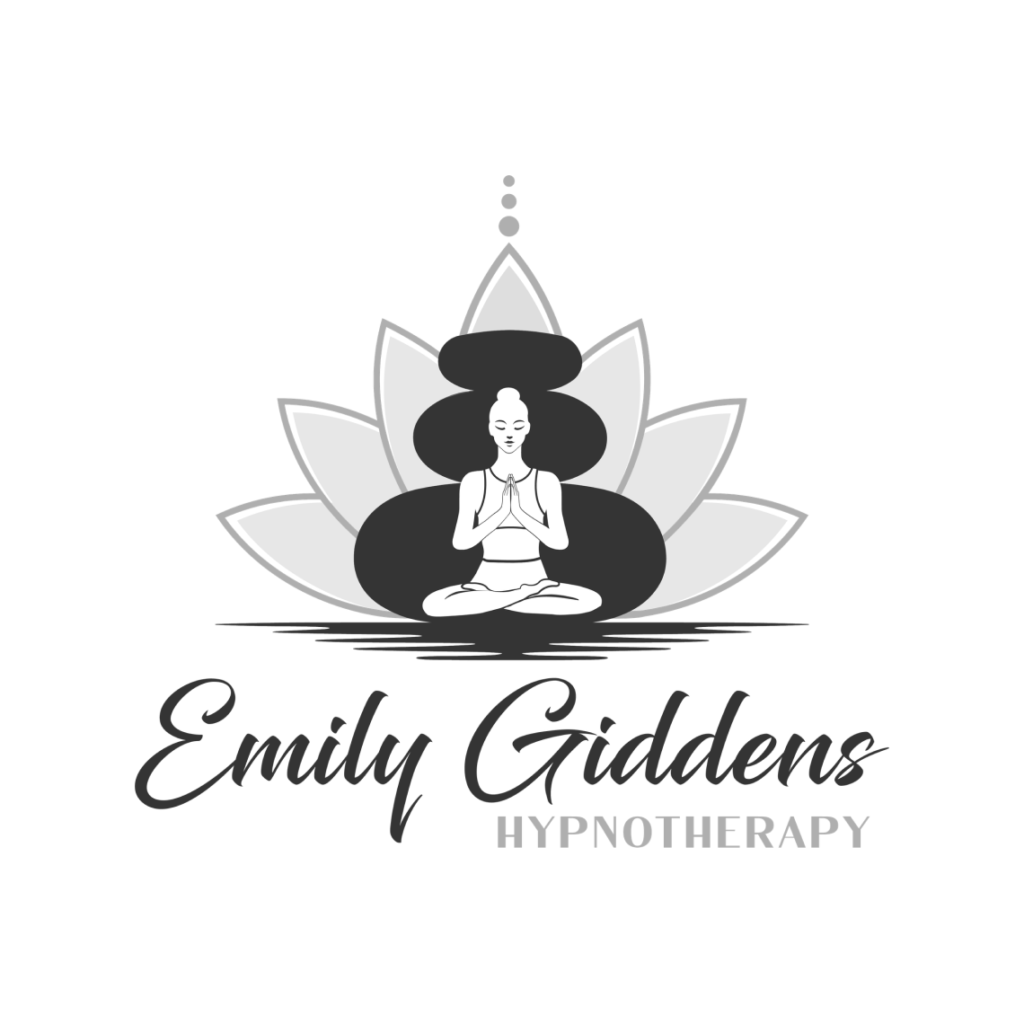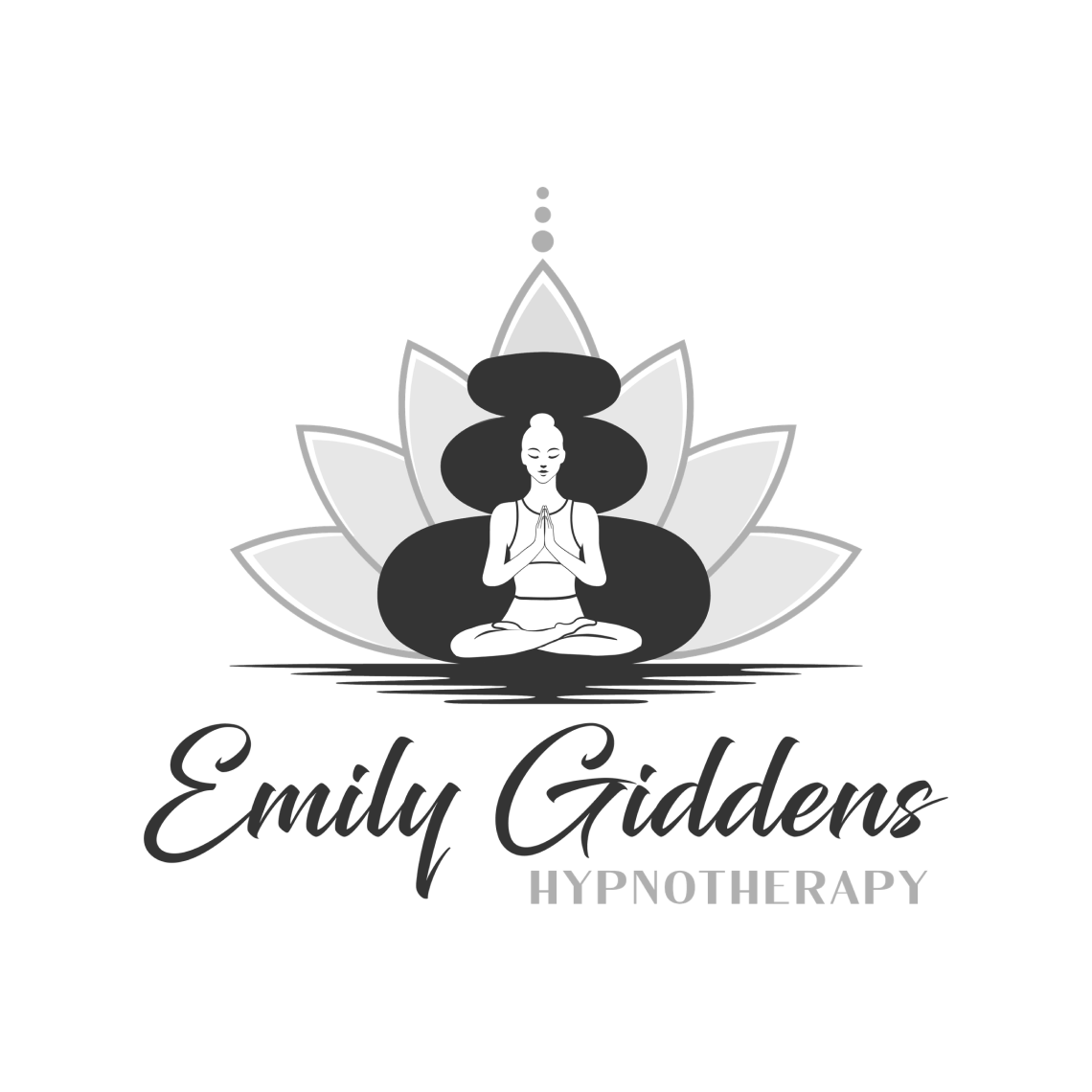Meditation vs. Hypnotherapy – Understanding the Overlaps and Key Differences
Meditation and hypnotherapy both work with the mind, and on the surface, they can even look similar. In both, you might close your eyes, breathe deeply, and enter a state of calm focus. Yet beneath the surface, they serve different purposes and create change in different ways.
For anyone deciding between meditation and hypnotherapy—or wondering if they can be used together—it helps to understand their unique benefits, how they overlap, and why you might choose one over the other at a given time.
What is Meditation?
Meditation is one of the oldest and most universal mental practices in the world. While it has roots in spiritual traditions such as Buddhism, Hinduism, Taoism, and contemplative prayer, it’s also widely practiced in secular settings today.
At its core, meditation is about training your mind to be present—bringing attention back, again and again, to a chosen point of focus, whether that’s the breath, a mantra, a visualization, or simply the sensations of the present moment.
Different meditation styles work in different ways:
- Mindfulness meditation – Observing thoughts and sensations without judgment
- Mantra meditation – Repeating a sacred sound or phrase to center the mind
- Loving-kindness meditation – Cultivating compassion for self and others
- Visualization – Using mental imagery to evoke desired feelings or states
The aim of meditation is not to silence your thoughts or “empty the mind.” Instead, it’s about changing how you relate to your inner experience—creating space between your awareness and whatever thoughts, emotions, or sensations arise. This shift can lead to greater emotional stability, clearer thinking, and a sense of inner steadiness even in challenging moments.
Recommended Reading: Peace Under All Circumstances: The 10 Questions
If you’re drawn to cultivating lasting peace, Matthew Brownstein’s book Peace Under All Circumstances: The 10 Questions offers a beautifully accessible guide. One of the central themes of the book is learning to step into the role of the observer—someone who notices what’s happening both inside and around them without getting caught up in it.
Brownstein teaches that you are not your thoughts or emotions. Instead, you are the open space, the unchanging presence beneath ever-shifting internal weather—whether that’s mental chatter, physical sensations, or emotional reactions. This shift in perspective helps you discover that peace is always accessible, not by fixing or controlling circumstances, but by resting in the steady observer beneath it all.
In mindfulness traditions, this is called cultivating equanimity—a calm composure undisturbed by life’s ups and downs. The 10 Questions provides a practical framework for accessing that state, inviting you to meditate to know peace, surrender with an open heart, and transform challenging emotions into light, love, and equanimity.
In practice, this means:
- Observing your thoughts and feelings without identifying with them
- Allowing external situations to unfold while you remain centered
- Recognizing that true peace doesn’t depend on conditions—it arises from your ability to remain the calm witness
Benefits of Meditation:
- Reduced stress and anxiety
- Improved focus and memory
- Enhanced emotional balance
- Greater self-awareness
- A sense of calm and clarity
If you’re looking for a well-structured meditation system, I recommend The Online Monastery through the Institute of Interpersonal Hypnotherapy. It’s an immersive, accessible approach for both beginners and experienced practitioners who want to deepen their practice.
What is Hypnotherapy?
Hypnotherapy is a process in which a trained hypnotherapist guides you into a natural yet altered state of mind where communication between the conscious and subconscious is established.
The conscious mind acts as a kind of critical factor—often compared to a security guard—deciding which ideas are allowed to pass into the subconscious. In hypnotherapy, this critical factor relaxes, allowing for deeper access.
In this expanded state, the subconscious may present to the conscious mind whatever needs to be experienced, explored, or witnessed. Depending on the modality, different parts of the mind may naturally communicate with one another, or certain aspects—such as the inner child, the protective part that manages fears, or the part that holds limiting beliefs from past experiences—may come forward for resolution or insight.
From there, the mind becomes more receptive to:
- Positive suggestions that align with your goals
- Insights that bring clarity and resolution
- Reframing of old patterns or experiences that no longer serve you
Because the subconscious holds both learned behaviors and unresolved experiences, hypnotherapy can work with a wide range of goals—from releasing fears to improving confidence, from shifting habits to supporting emotional well-being.
Benefits of Hypnotherapy:
- Helps resolve root causes rather than just symptoms
- Works with the subconscious for deeper change
- Can support emotional, behavioral, and physical goals
- Often creates faster shifts than conscious effort alone
Where Meditation and Hypnotherapy Overlap
Despite their differences, meditation and hypnotherapy share some common ground:
- Relaxation – Both often begin by guiding you into a calm, centered state.
- Focused attention – Whether focusing on the breath in meditation or a guided suggestion in hypnotherapy, both involve narrowing your awareness.
- Mind-body benefits – Both can reduce stress, support emotional regulation, and enhance self-awareness.
- Inner exploration – Each allows you to access and notice more of your internal experience.
It’s no surprise that many people describe hypnotherapy as “feeling like meditation, but with a purpose.”
A Common Misunderstanding: YouTube “Hypnotherapy” vs. Real Hypnotherapy
Many people find recordings on YouTube labeled as “hypnosis” or “hypnotherapy” and assume they’re experiencing the full scope of what hypnotherapy can offer. In reality, most of these are guided meditations—which isn’t a bad thing at all, but it’s only a small piece of the puzzle.
Similarly, hypnotic programming recordings—the kind that use positive suggestions to reinforce desired changes—are a powerful tool, but they are just one offering within hypnotherapy.
The difference is that true hypnotherapy goes far beyond “pushing in” the positive. Simply adding affirmations or pleasant imagery doesn’t automatically “push out” the negative. Those old patterns need somewhere to go. Without addressing them, they may remain stored beneath the surface.
This is why deeper transformation often requires:
- Parts Therapy – Working with inner aspects of the mind to resolve conflicts
- Childhood Regression – Revisiting formative experiences to release their influence
- Past Life Regression – Exploring symbolic or spiritual narratives that offer insight
- Eye Movement Therapy – Supporting emotional resolution by integrating both hemispheres of the brain
- Neuro-Linguistic Programming (NLP) techniques – Rewiring the brain’s associations and responses
- Breathwork – Using intentional breathing patterns to regulate the nervous system, release tension, and deepen mind-body connection
These approaches allow you not only to reprogram the mind, but also to resolve the underlying reasons why old patterns were there in the first place.
The Key Differences
Aspect | Meditation | Hypnotherapy |
|---|---|---|
Primary Goal | Presence, mindfulness, and self-awareness | Subconscious change aligned with a specific goal |
Facilitation | Often self-guided (though can be taught) | Guided by a trained hypnotherapist |
Approach | Observing thoughts without trying to change them | Actively reframing, releasing, or installing new patterns |
Duration & Structure | Ongoing personal practice | Typically a short- to mid-term series of sessions |
Depth of Change | Gradual, through consistent practice | Often faster, targeting root-level beliefs or habits |
Which Should You Choose?
Meditation is ideal if you:
- Want to develop mindfulness as an ongoing skill
- Prefer self-guided, daily practice
- Value inner stillness, awareness, and observation without necessarily trying to change anything right away
Hypnotherapy is ideal if you:
- Have a specific goal or challenge you want to address
- Feel “stuck” in a pattern you can’t seem to shift consciously
- Want professional guidance and a personalized approach
- Prefer a more focused and results-driven process
Can You Combine Them?
Absolutely. In fact, many people find that meditation and hypnotherapy complement each other beautifully.
Meditation builds the mental muscles of awareness and focus, which can make you more receptive and present in a hypnotherapy session. Hypnotherapy, in turn, can clear subconscious blocks that make it easier to maintain a consistent meditation practice.
For example:
- You might meditate daily for stress reduction and inner peace
- Then, you might use hypnotherapy to work through the root cause of that stress—such as a pattern of people-pleasing, fear of failure, or unresolved past events
When used together, they can create a synergy: meditation maintains your emotional balance, while hypnotherapy accelerates deeper change.
Final Thoughts
Meditation and hypnotherapy are both powerful ways to work with the mind, but they serve different purposes.
- Meditation is a lifelong skill that builds presence, mindfulness, and emotional stability.
- Hypnotherapy is a guided process that helps you address specific goals and create change at the subconscious level—often using advanced modalities like parts therapy, regression, NLP, breathwork, and eye movement therapy for deeper resolution.
If you’re looking for a meditation system, I recommend The Online Monastery for a structured, accessible, and transformative approach.
If you’re ready to take a deeper dive into creating meaningful change, hypnotherapy can help you uncover and release old patterns, align your subconscious with your conscious goals, and move forward with clarity and confidence.
The two are not competitors—they’re allies. Together, they offer a well-rounded approach to personal growth, self-awareness, and lasting transformation.



